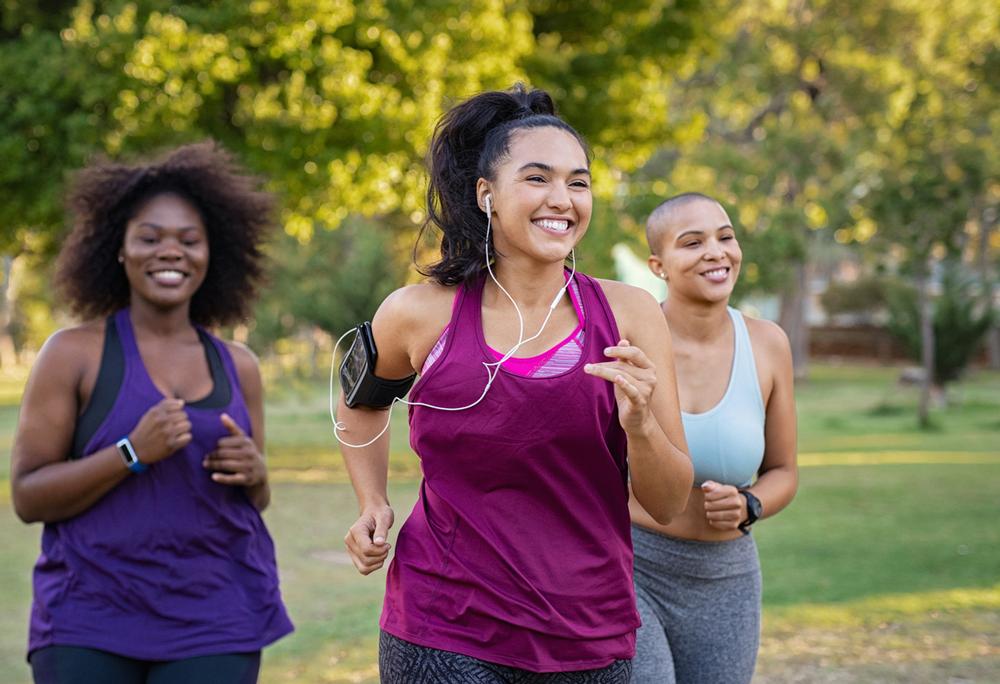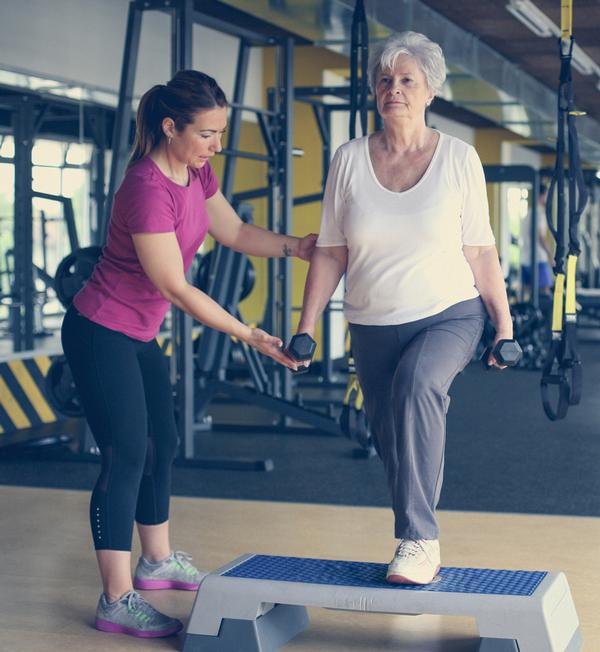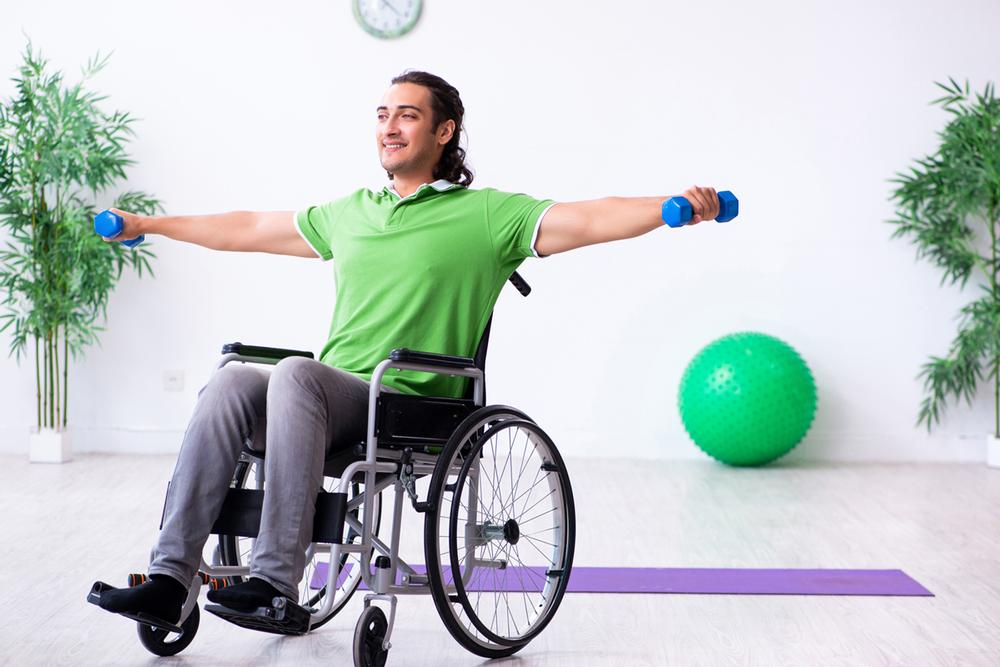A study by an international team of researchers, led by Glasgow Caledonian University (GCU), has found physical activity can reduce the chance of catching COVID-19 by 31 per cent, while boosting the effectiveness of vaccines by up to 40 per cent.
Added to this, the team found physical activity could cut the risk of dying from infectious diseases by 37 per cent.
Led by GCU’s professor of health behaviour dynamics, Sebastien Chastin, the study is believed to be the first in the world to look into the link between exercise and COVID-19 immunity. It is based on a systematic review of 16,698 worldwide epidemiological studies published between January 1980 and April 2020.
First line of defence
The research found that 30-minutes of activity which gets people out of breath – such as walking, running, cycling and strengthening exercises – five days a week (or 150-minutes per week) can have a massive impact on immunity to infectious diseases.
Professor Chastin said this is the first piece of research which proves regular physical activity gives this protection: “The results show how physical activity strengthens the first line of defence of the human immune system by increasing the concentration of immune cells.”
The team discovered regular exercise, where the individual gets out of breath, boosts immunity to infectious disease by 31 per cent, by boosting the mucosal layer of antibodies which are responsible for identifying foreign agents in the body.
“We also found that if you add physical activity to your vaccination programme it increases the potency and effectiveness of the vaccination,” says Chastin. “A 12-week physical activity programme undertaken before the COVID-19 vaccination is given could result in 20 to 40 per cent more effective immunisation.”
Campaigns needed
The research, titled Effects of regular physical activity on the immune system, vaccination and risk of community-acquired infectious disease in the general population: Systematic review and meta-analysis – was published in the Sports Medicine journal.
The findings have been sent to the Scottish Government and other governments, public health experts and healthcare professionals around the world, including Public Health Scotland, Public Health England, the South African and Belgian governments and football’s world governing body, FIFA.
Chastin has called for public health campaigns to be undertaken to inform the public of the importance of being physically active in fighting the pandemic: “The promotion of physical activity and access for all to physical activity pursuit are paramount. Policymakers need to do everything they can to fight this disease. This is not a panacea, but another cheap tool we can use to protect the public.
Risks of inactivity
A US study, published in the British Journal of Sports Medicine, has provided further evidence to support the argument that being physically inactive is a major risk factor for people if they contract COVID-19.
Researchers at the Kaiser Permanente Medical Center in California studied the outcomes of 48,440 adults who had suffered from COVID-19. They found patients who were consistently inactive for two years preceding the pandemic were twice as likely to be admitted to hospital as those who regularly clock up more than 150 minutes of physical activity every week.
Those who are physically inactive were 73 per cent more likely to require intensive care and 2.5 times more likely to die than those who’d consistently met World Health Organization physical activity guidelines.
As a risk factor for severe complications, physical inactivity was only exceeded in severity by advanced age and people having a history of organ transplant.
The study also found that consistently meeting physical activity guidelines was strongly associated with a reduced risk of serious outcomes following COVID-19.

























































